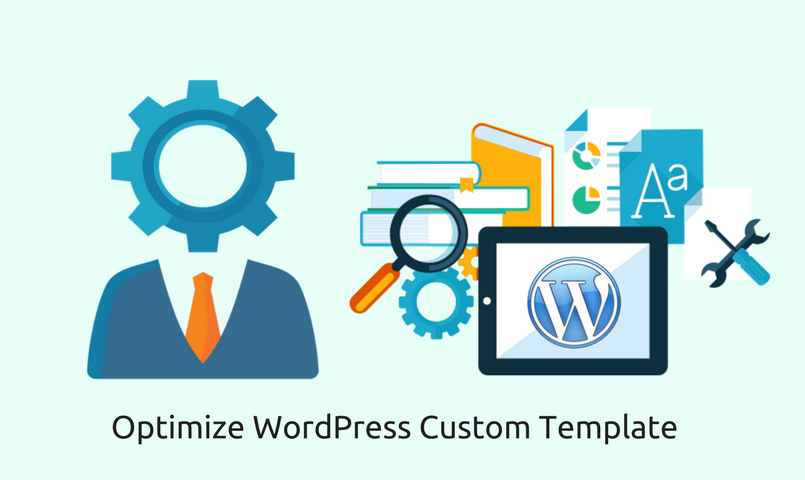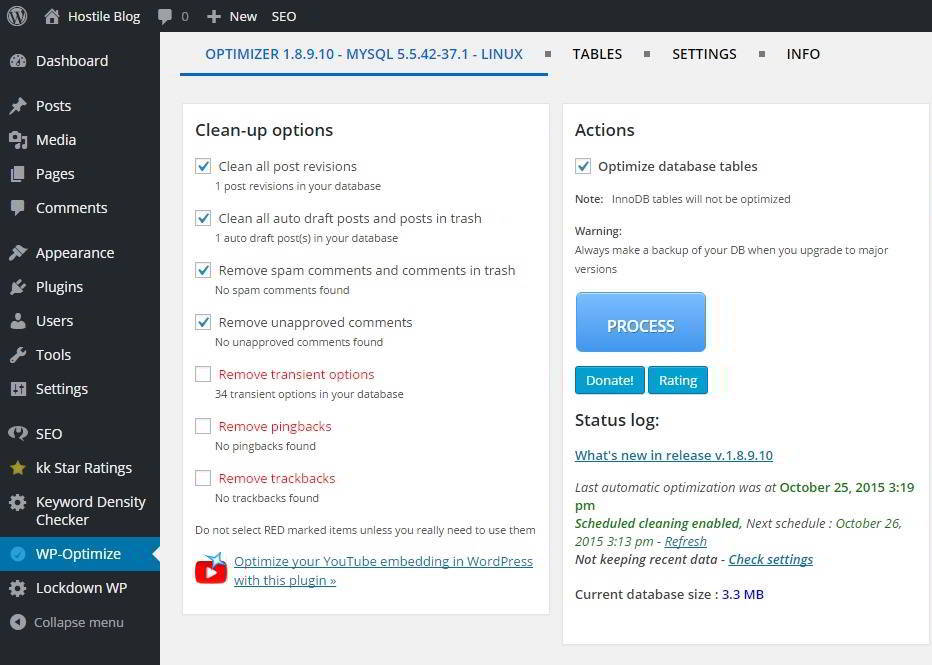
Once it’s time to add visual media to your content, it’s important to pick the right version. This will make the files smaller and faster to load without messing up the quality. ShortPixel will automatically strip unnecessary data from your images.

One WordPress plugin can do that for you: Another option is to do image compression on the server side. The second option is PNG in case you need transparency or some other feature that JPEG doesn’t support. JPEG images tend to be much smaller than other file types. Plus, if you use an image editor, you can often find a Save for Web option ( Ctrl+Alt+Shift+S in Photoshop) to save images in the smallest size possible. RIOT – Radical Image Optimization Tool (Windows).As for the first part, there are a number of services that allow you to reduce image file size prior to upload: Consequently, are two ways how you can contribute to speedy loading times: Image compression and choosing the right dimensions. Due to their size, images can play a big role in this. However, what it does take into consideration is your page loading time and the speed at which your content is delivered. Ok, so Google doesn’t really check how large your image is and rank your page by that number.
#Wordpress optimize images on upload how to#
How to Do SEO Image Optimization in WordPressĪ number of markers are important for SEO-optimized images: In short: Make images work with your content and don’t merely have them as a tick mark on your SEO checklist, capisce? Good, then let’s move on to the technical details. If you have a high bounce rate because visitors are put off by your site, Google will notice that something is fishy and punish you for it. While Google can’t see if the photo in your post actually has anything to do with your content, it does have other indicators. Use your own if possible or otherwise make an effort to find unique stock photos. Therefore, stay away from generic images. They should integrate well and make your message even stronger. The visuals you pick should support the message of your article and underline its subject and content. Therefore, even if adding images is good for your search rankings, don’t merely include them for SEO’s sake. Your content should always be for the reader first and search engines second. Choosing The Right Image For Your Content However, before we get to that, let’s have a quick look at what kind of images should be on your website to begin with. It allows you to add a lot of extra information for search engines to an otherwise blind spot on your website. That’s where SEO image optimization comes in. Therefore, you have to help them figure out what is going on in those parts, how an image relates to the rest of your content and why it is an asset to your article. Google can not look at a video or image the way you and I do to understand its content. That is because, as far as technology has come, the indexing of websites is still mainly text based. However, by adding a number of SEO markers to your images, they can function as an additional relevancy signal for your content. So you can see, just having an image is already good for your ranking efforts. In addition to that, content that includes images is much more likely to get shared on social platforms, another positive signal for search engines. Something they and other search engines reward with better rankings. Generally, having an image in your post or page is a sign of high quality in Google’s eyes.

Therefore, image-based search engines, such as Google, can bring in a ton of direct traffic. Have you ever used the image search in Google? Then you will know that when you click on one of the images, the search engine redirects you to the website where the it is found. While most people concentrate on creating awesome written content to attract search traffic, search engines index more than just text. Why Is Image Optimization Important For SEO? Since this is a neglected topic for many websites and blogs, in the following we will take an in-depth look at how to properly do SEO image optimization in WordPress.

Believe it or not, visuals can provide significant SEO benefits and help you climb in the search rankings. Yet, not only humans look favorably at content that contains images search engines do, too. In short, images make your content even more appealing. They break up articles to make them more readable, help clear up and underline points inside the text, and overall make written content more visually pleasing.



 0 kommentar(er)
0 kommentar(er)
